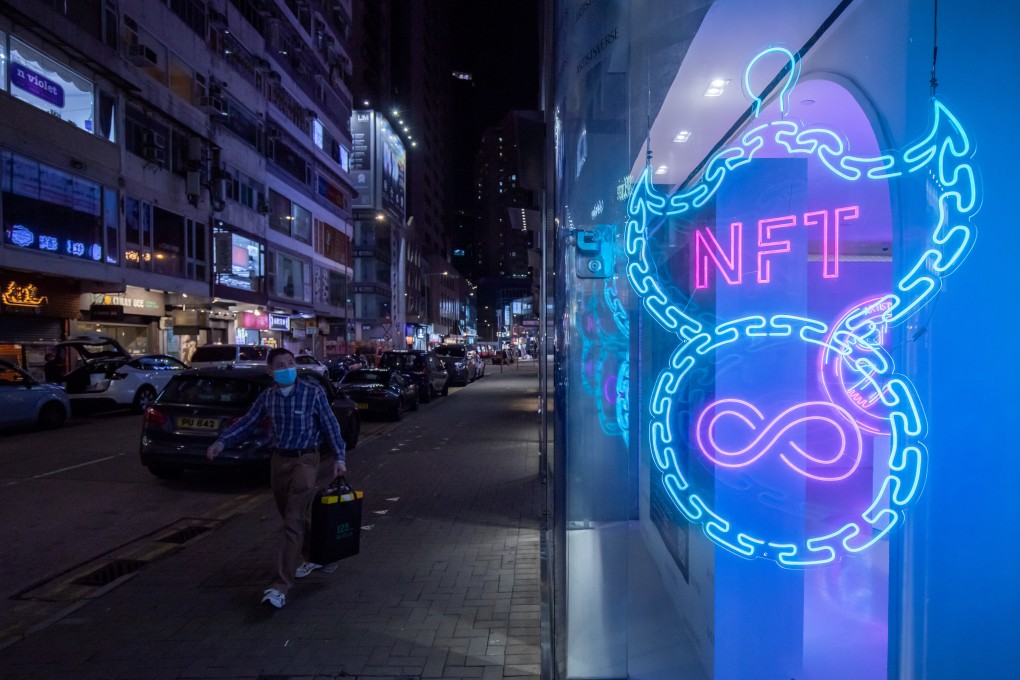Abacus | Cryptocurrency and NFT-friendly Hong Kong could be sitting on a new investor time bomb
- A recent digital auction netted investors virtual Beatles memorabilia, but no physical artefacts from the Fab Four
- Will the unregulated non-fungible token market thrive in Hong Kong and hurt investors?

SLEEPWALK
This will make you cringe.
In 1985, I bought my first CD in London: The Collection, an album of Ultravox’s greatest hits. Although I did not have a CD player at the time, I knew I was being seconded to Tokyo where I’d get one cheaper and kick off the transition of my music collection to crisp digital, leaving my analogue vinyl LPs behind in the attic.
By 1992 I had amassed a decent CD collection, the year MiniDisc arrived, an expensive technology offering 60-80 minutes of audio on a tiny silver disc. I moved my favourite tracks to that format. I still have a pile of MiniDiscs in a box along with the CDs I never play, but with no new MiniDisc players being manufactured, technology has moved on and made them worthless.

“What shall I do with them?” Dad asked. “We’ll take them down the dump, I no longer have a record player, everything is on CDs.”
I said it would make you cringe.
